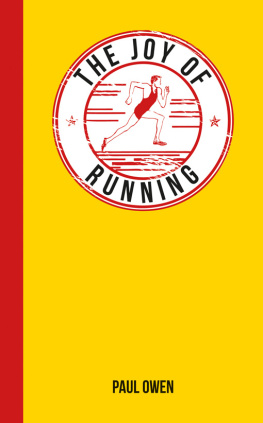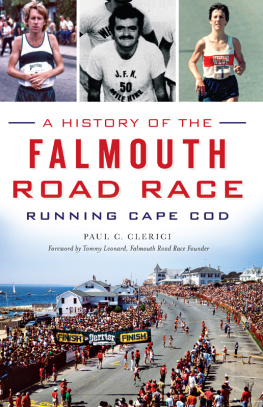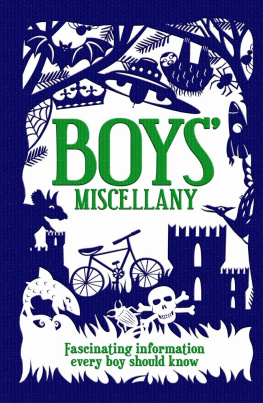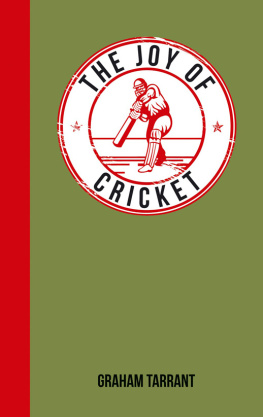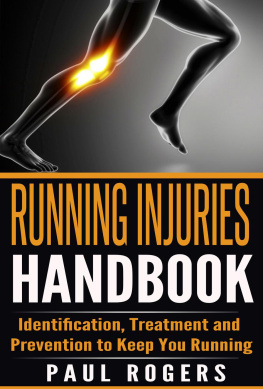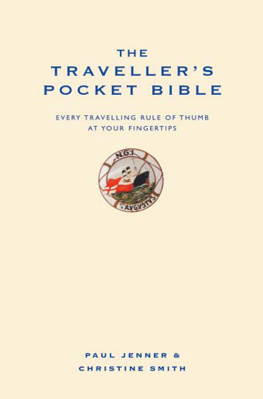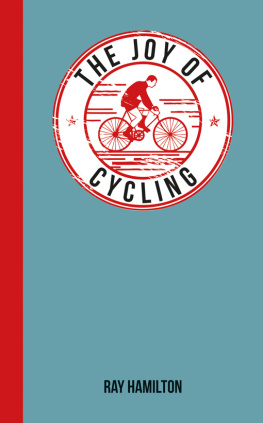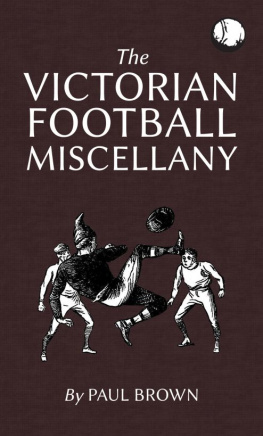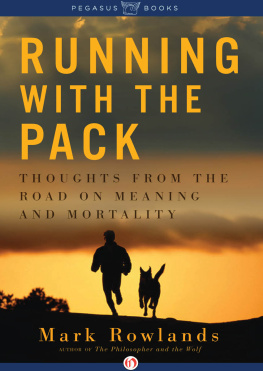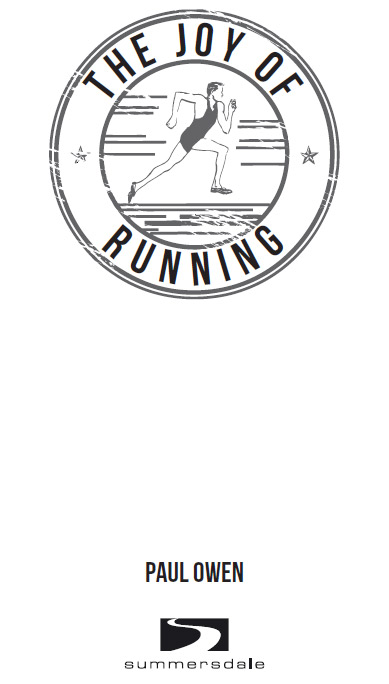THE JOY OF RUNNING
Copyright Paul Owen, 2013
Illustrations copyright Shutterstock
All rights reserved.
No part of this book may be reproduced by any means, nor transmitted, nor translated into a machine language, without the written permission of the publishers.
Paul Owen has asserted his right to be identified as the author of this work in accordance with sections 77 and 78 of the Copyright, Designs and Patents Act 1988.
Condition of Sale
This book is sold subject to the condition that it shall not, by way of trade or otherwise, be lent, re-sold, hired out or otherwise circulated in any form of binding or cover other than that in which it is published and without a similar condition including this condition being imposed on the subsequent purchaser.
Summersdale Publishers Ltd
46 West Street
Chichester
West Sussex
PO19 1RP
UK
www.summersdale.com
eISBN: 978-1-85765-998-9
Substantial discounts on bulk quantities of Summersdale books are available to corporations, professional associations and other organisations. For details contact Nicky Douglas by telephone: +44 (0) 1243 756902, fax: +44 (0) 1243 786300 or email: .
To Fiona, Megan and James.
Thank you for explaining apostrophes. My head hurts.
I'm going for a run.
CONTENTS
A Brief History of Running
Why do we Run?
Training
Gear and Gadgets
Running Clubs
Inspirational Runners
The Sub-Four-Minute Mile
Cheaters and Rule Benders
Types of Running Races
The 5s and 10s
Half Marathons
Marathons
Mad, Bad and Dangerous Races
Ultras
Stats
INTRODUCTION
You never forget your first time do you? Mine was a hot, sweaty affair at the seaside which lasted just over four hours and fourteen minutes that left me dehydrated, exhausted and totally smitten.
Blackpool Marathon took place in the middle of a heatwave at the height of summer on 19 June 2005, and I spent six months training, thinking about and preparing for the race. I still recall the feelings I had at the time, of excitement, anticipation, self-doubt and ultimately relief once I reached the finish line oh, and the soreness that meant I could hardly walk for days. As soon as I could, the desire to repeat my brief encounter started leading to regular trips to the postbox with race-entry forms. Despite many subsequent wonderful running experiences, Blackpool will always stay with me as the place that I lost my marathon virginity.
The act of running has played a pivotal role in the evolution of humanity since the birth of mankind. It has been important to many different civilisations throughout the ages for a wide variety of reasons. Early hunters relied on foot power to support their carnivorous diet; armies deployed long-distance runners to relay messages; the Ancient Olympics was initially a religious festival combining ceremony and athletic endeavour; promoters staged races and charged the public to watch, and running was central to the development of a wide variety of sports such as rugby and football.
Running races of one form or other have been popular for thousands of years, and to this day continue to attract both professional and amateur athletes the world over. The growth of participants in organised races continues to spiral upwards, with today's runner being able to choose from pure athletic races, obstaclebased events or those that involve another sport, such as triathlons. We have the luxury of being able to pick and choose what we enter, where we go and how we get there. The Internet and budget airlines have contributed to the rise in the number of 'running tourists', who think nothing of hopping on a flight to another country just to enter a race, before returning to work the next day with their colleagues none the wiser. Closer to home, the parkrun phenomena has brought fun, free and pressure-less access to 5 k events up and down Britain.
The benefits of being a runner are vast. Not only can it aid weight loss and depression, assist with sleeping problems and extend life expectancy, it can also help us to escape momentarily from the pressures of life. It can lead to friendship, love and an improved sex life. Far from causing problems such as 'runner's knee', it can actually help prevent injury as bone density increases even in older athletes. It can take you to places that you might never have gone, and to see things that you might never have seen.
For me, that has meant watching the sun rise and fall from the side of mountains, experiencing the beauty of a trail run in every weather condition, discovering the stillness and peace of running throughout the night and early morning, marvelling in the wonder of nature and all its glory and, perhaps most importantly, reawakening a level of enjoyment for the sport that had been locked away for too many years; an enjoyment that can be shared with anyone who laces up a pair of running shoes and simply runs, no matter the distance, speed or terrain. I hope I can share that enjoyment with you.
Paul Owen, 2013
CHAPTER 1
A BRIEF HISTORY OF RUNNING
Every morning in Africa a gazelle wakes up. It knows it mustmove faster than the lion or it will not survive. Every morning alion wakes up and it knows it must move faster than the slowestgazelle or it will starve. It doesn't matter if you are the lion or the gazelle, when the sun comes up, you better be moving.
ANONYMOUS
Runners that time forgot
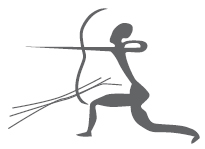
Whilst Palaeolithic cave paintings don't depict early Homo erectus wearing the now-famous striped footwear of Mr Adi Dassler or the 'swoosh' design of a certain American sports brand, science can tell that humans developed the ability to run primarily to survive. Before the invention of 24-hour convenience stores, foot power was the main way to catch prey or scavenge carcasses before other predators arrived on the scene. Science can't say for certain why pre-humans became bipedal and if the ability to run was a by-product of being able to walk upright on two limbs, or the central factor in the evolution of the human body as it is now. Nevertheless, once upright, Homo erectus, neanderthalensis and subsequently sapiens all used one of their greatest strengths to maintain a carnivorous protein-rich diet. Whilst never the fastest movers, they were capable in terms of endurance of eventually outrunning any animal on earth over a long distance, which remains the case to this day.
Depending upon which evolutionary camp your modern, well-cushioned foot is in, arguably humans' ability to run has led to every single advance and development in history. Running has been central to each civilisation that has ever existed, for a wide variety of survival, social and economic reasons. Artefacts from antiquity often depict humans running for example, kylixes (slightly edgy wine-drinking cups), popular during the Mycenaean era in ancient Greece, had designs including naked warriors running into battle, which the drinker would not see until the content had been consumed.

